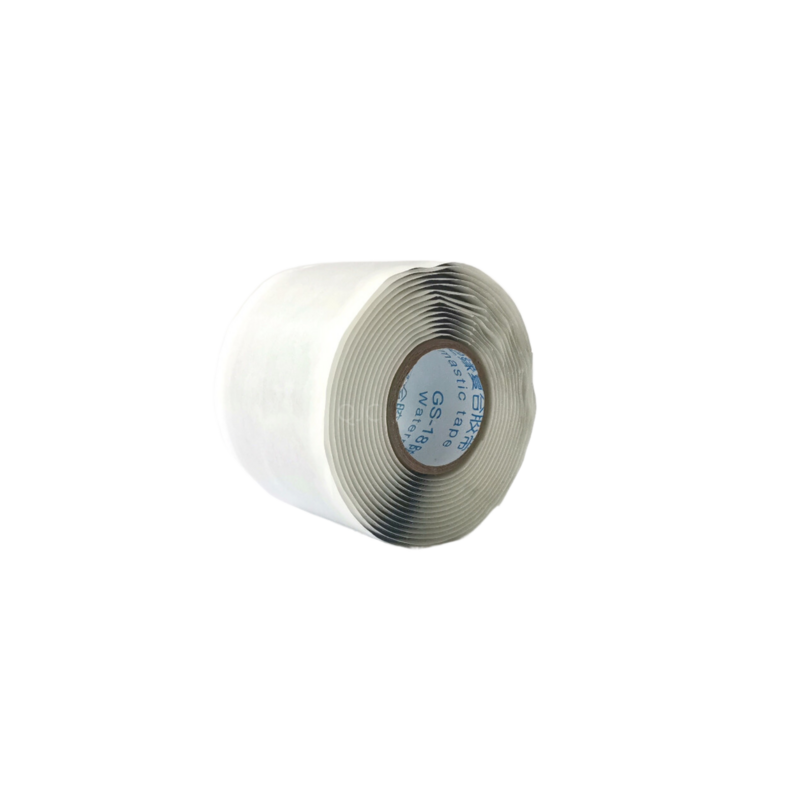Understanding Butyl Rubber Flashing A Comprehensive Guide
Butyl rubber flashing is an essential component in construction and roofing, serving as a critical waterproofing solution. Known for its excellent adhesive properties and flexibility, butyl rubber has become a go-to material for various applications, from sealing joints and gaps in roofs to ensuring watertightness in different structures. This article explores what butyl rubber flashing is, its properties, applications, and advantages in construction.
What is Butyl Rubber Flashing?
Butyl rubber flashing is a membrane made primarily from butyl rubber, a synthetic rubber that is renowned for its impermeability to gases and liquids. It is often used as a sealing tape or membrane, making it an ideal choice for flashing applications. Flashing refers to the material used in the construction around openings, such as windows, doors, and roofs, to direct water away and prevent leaks.
Properties of Butyl Rubber
Butyl rubber possesses several characteristics that make it particularly suitable for flashing applications
1. Waterproofing Butyl rubber is highly resistant to moisture, making it an effective barrier against water penetration.
2. Durability It is resistant to UV radiation, aging, and extreme temperatures, which ensures longevity even in harsh environmental conditions.
3. Flexibility This material remains flexible over a wide temperature range, which allows it to accommodate movements and expansions in building materials without cracking or breaking.
4. Adhesion Butyl rubber has excellent adhesive properties, allowing it to bond well with various surfaces such as metal, wood, and concrete.
5. Low Permeability It has a low permeability to gas and water vapor, which is crucial for preventing moisture buildup and potential damage in structures.
Applications of Butyl Rubber Flashing
Butyl rubber flashing finds applications in several areas of construction and roofing
butyl rubber flashing

1. Roofing It is commonly used in flat and low-slope roofing systems. Flashing made from butyl rubber can seal joints, and seams, and provide a waterproof barrier where different materials meet.
2. Wall and Window Flashing At the junctions of walls and roofs or around windows and doors, butyl rubber flashing helps to manage water runoff effectively and prevent leaks.
3. HVAC Systems In heating, ventilation, and air conditioning systems, it can be used to seal ductwork and prevent air and moisture leaks.
4. Foundation Protection Butyl rubber flashing can be used in foundations to protect against groundwater infiltration and moisture penetration.
5. Piping and Plumbing It offers effective sealing around pipes and plumbing fixtures to prevent leaks and water damage.
Advantages of Using Butyl Rubber Flashing
The advantages of using butyl rubber flashing are manifold
- Ease of Installation Butyl rubber flashing is typically available in rolls or sheets, making it easy to cut and apply in various configurations. Its adhesive backing simplifies the installation process.
- Cost-Effectiveness Given its durability and low maintenance requirements, butyl rubber flashing proves to be a cost-effective solution over its lifespan.
- Reduced Risk of Leaks The impermeable nature of butyl rubber significantly reduces the risk of leaks in roofing systems, contributing to the overall integrity of the structure.
- Environmentally Friendly Butyl rubber is a sustainable choice, as it can be recycled and reused in various applications, reducing the environmental impact associated with construction.
Conclusion
In conclusion, butyl rubber flashing is an essential material in construction, particularly in roofing and waterproofing applications. Its unique combination of properties—such as durability, flexibility, and excellent adhesion—makes it a reliable choice for preventing water intrusion and ensuring the longevity of structures. As building technology continues to advance, butyl rubber flashing will likely remain a staple in the construction industry, helping to create safer and more efficient buildings for years to come. When considering waterproofing solutions, butyl rubber flashing shines as a smart investment for both residential and commercial projects.
-
XIANGFAN Rubber Tape-Ultimate Solutions for All Your Insulation NeedsNewsJun.24,2025
-
XIANGFAN Rubber Tape-Protection for Industrial and Residential ApplicationsNewsJun.24,2025
-
XIANGFAN Rubber Tape: Superior Safety and Sealing for Demanding EnvironmentsNewsJun.24,2025
-
XIANGFAN Rubber Tape: Reliable Solutions for Every Electrical ChallengeNewsJun.24,2025
-
XIANGFAN Electrical & Industrial Tape: Powering Reliability Across IndustriesNewsJun.24,2025
-
XIANGFAN Electrical & Industrial Tape: Excellence in Every ApplicationNewsJun.24,2025
